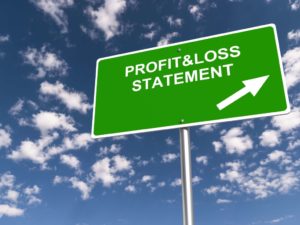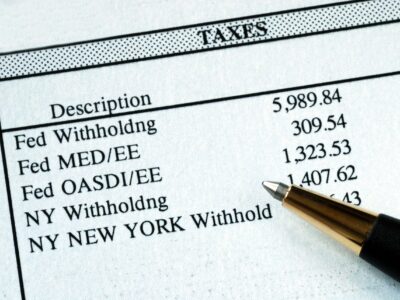
Calculating retained earnings after a stock dividend involves a few extra steps to figure out the actual amount of dividends you’ll be distributing. Profits generally refer to the money a company earns after subtracting all costs and expenses from its total revenues. To simplify your retained earnings calculation, opt for user-friendly accounting software with comprehensive reporting capabilities. There are plenty of options out there, including QuickBooks, Xero, and FreshBooks. Shareholders, analysts and potential investors use the statement to assess a company’s profitability and dividend payout potential. For example, during the period from September 2016 through September 2020, Apple Inc.’s (AAPL) stock price rose from around $28 to around $112 per share.
What Is Stockholders’ Equity?
Retained earnings are a source of internal finance for companies. On top of that, retained earnings are ultimately the right of a company’s shareholders. Alternatively, companies take the net income for the period to the retained earnings account first. Subsequently, they subtract any declared dividends from that balance. Net Income is the profit your company made during the current period after all expenses have been deducted from revenues.

Are Retained Earnings Current Liabilities or Assets?
The formula for retained earnings is straightforward, as stated below. Retained earnings represent the total profit to date minus any dividends paid.Revenue is the income that goes into your business from selling goods or services. It represents the total capital a business generates in gross sales. That’s distinct retained earnings asset or liability from retained earnings, which are calculated to-date. Sure, it’s easy to calculate retained earnings using the above formula, but how do you calculate beginning retained earnings? Retained earnings are itemized on the balance sheet after the end of each accounting year as dividends are paid to shareholders.
Retained Earnings: Definition, Calculation, and More
![]()
Profits give a lot of room to the business owner(s) or the company management to use the surplus money earned. This profit is often paid out to shareholders, but it can also be reinvested back into the company for growth purposes. The only definition that retained earnings meet is that of equity. In accounting, equity is the residual amount after deducting liabilities from assets.
What is a statement of retained earnings?
Ultimately, the company’s management and board of directors decides how to use retained earnings. Retained earnings, on the other hand, specifically refer to the portion of a company’s profits that remain within the business instead of being distributed to shareholders as dividends. Net profit refers to the total revenue generated by a company minus all expenses, taxes, and other costs incurred during a given accounting period.
Normally, these funds are used for working capital and fixed asset purchases (capital expenditures) or allotted for paying off debt obligations. The normal balance in a company’s retained earnings account is a positive balance, indicating that the business has generated a credit or aggregate profit. This balance can be relatively low, even for profitable companies, since dividends are paid out of the retained earnings account.

An older company will have had more time in which to compile more retained earnings. However, company owners can use them to buy new assets like equipment or inventory. And it can pinpoint what business owners can and can’t do in the future. They need to know how much https://www.bookstime.com/construction-companies return they’re getting on their investment. The statement of retained earnings paints a clear picture of that. Retained earnings (RE) are calculated by taking the beginning balance of RE and adding net income (or loss) and then subtracting out any dividends paid.

Therefore, the balance in the account may be a good indicator of the company’s financial performance and health. The critical piece to note here is that revenue does not equal cash. If a company sells a product to a customer and the customer goes bankrupt, the company technically still reports that sale as revenue. Therefore, revenue is only useful in determining cash flow when considering the company’s ability to turnover its inventory and collect its receivables.
Applications in Financial Modeling
During the Covid-19 pandemic, many companies reduced their dividends or canceled them altogether. Revenue is often the first determinant in deciding how a company performed. A high profit percentage eventually yields a large amount of retained earnings, subject to the two preceding points. The articles and research support materials available on this site are educational and are not intended to be investment or tax advice.
- You could also elect to record retained earnings on separate statement of retained earnings.
- The RE balance may not always be a positive number, as it may reflect that the current period’s net loss is greater than that of the RE beginning balance.
- Up-to-date financial reporting helps you keep an eye on your business’s financial health so you can identify cash flow issues before they become a problem.
- As you reinvest your business or pay shareholder dividends, your retained earnings dip down.
- Retained earnings is the cumulative measurement of net income left over, subtracting net dividends.
- If you’re a new business, put in a $0 for retained earnings, and if your retained earnings were in the negative, make sure to mark that as well.


